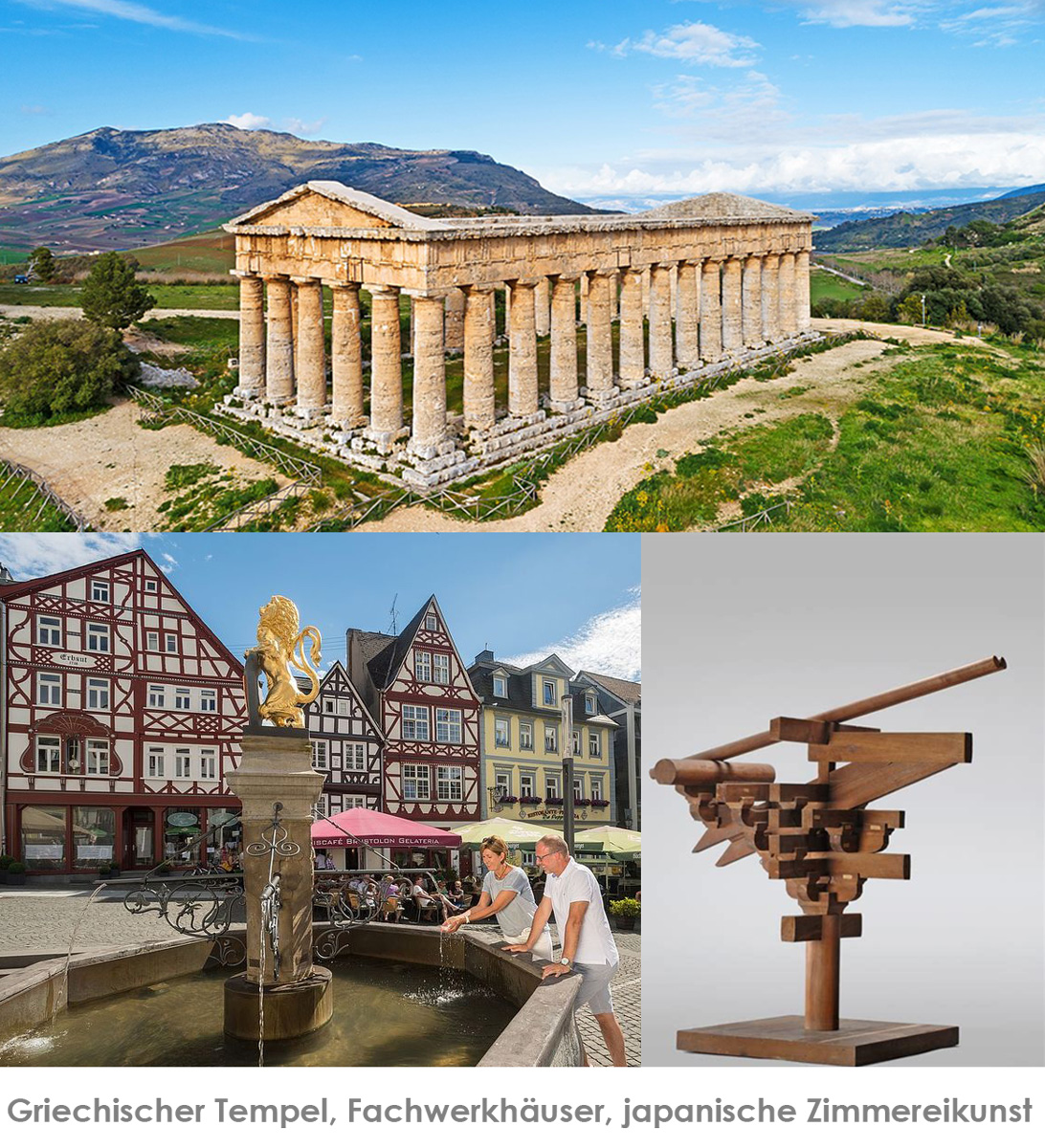In the chapter Kiri, Tsuki and Ate of "Aikido in Real Life" Yoshigasaki Sensei explains the difference between cutting and hitting.
Cutting (Kiri, 切り) in Aikido should cause less damage than hitting.
"If you use a stick or wooden sword, you do not actually cut but you still do a cutting movement and this gives a different effect from hitting."
He sees a cultural difference between Europe and Japan in hitting and cutting.
It is true that in ancient times many stones were carved (= hammered) to build temples and public buildings. But that is only a part of the history of European civilization. The large population of farmers has always worked with cutting tools. The grain was cut with a sickle or scythe, as was the grass, in order to feed the livestock with hay in winter. The grain was of course threshed later, which is again a form of "hitting".
However, the construction workers in Europe not only "hit" the stones, which probably means chiseling, but also split them depending on their consistency, which in turn corresponds to the act of the immediate result, as it is attributed to cutting.
"Hitting creates a logic of a step-by-step progression and cutting creates a definite one-off decision which creates an immediate result." writes Yoshigasaki Sensei.
Stones and truss
Until the beginning of industrialization most houses in Central Europe were half-timbered houses. Wooden beams were cut, sawn, trimmed and chiseled out.
If there were stones in the framework they were mostly unhewn, i.e. they had not suffered any blows.
An extraordinarily high level of carpentry developed in Japan, partly because the wooden temples had to be regularly torn down and rebuilt.
It is said that cutting requires more skill and hitting requires more strength. This may be true for sword fighting. But sculptors who carve sculptures out of stone or carpenters who hammer nails in the beams optimize their movements so cleverly that they require little force.
It is a very special perspective when cutting is considered to have a higher cultural quality than hitting.

